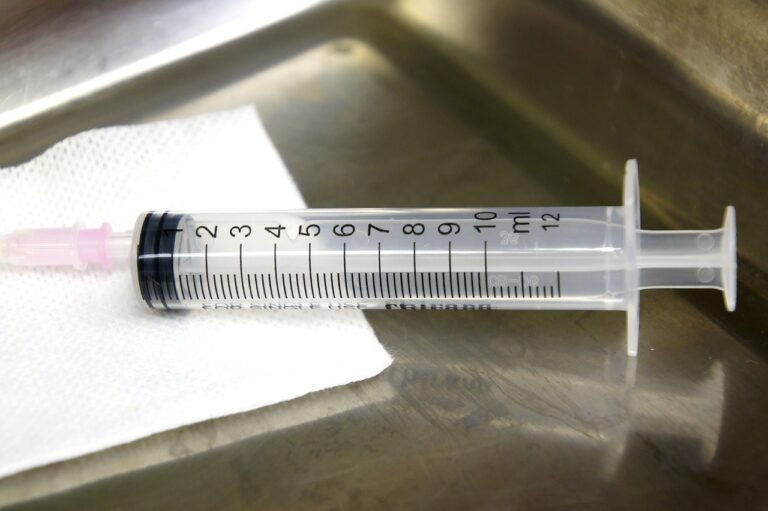Sports Medicine: Optimizing Performance and Preventing Injuries
Sports medicine plays a crucial role in the world of athletics, focusing on the prevention, diagnosis, treatment, and rehabilitation of injuries related to physical activity. Athletes of all levels rely on the expertise of sports medicine professionals to help them perform at their best and recover from any setbacks they may face during training or competition.
These medical professionals, including sports physicians, physical therapists, and athletic trainers, not only treat and manage sports-related injuries but also work proactively to assess athletes’ physical condition, create personalized training plans, and provide guidance on nutrition and injury prevention. By understanding the unique demands of each sport and the biomechanics involved, sports medicine professionals play a key role in optimizing athletes’ performance and ensuring their overall well-being on and off the field.
Common Injuries in Sports
Sports can be thrilling and exhilarating, but they also come with the risk of injuries. One of the most common injuries among athletes is sprains and strains. These injuries occur when ligaments (sprains) or muscles/tendons (strains) are stretched beyond their normal range of motion, leading to pain, swelling, and limited mobility. Whether it’s a twisted ankle on the soccer field or a pulled hamstring during a sprint, sprains and strains can be quite debilitating and require proper treatment and rehabilitation.
Another prevalent injury in sports is fractures. Fractures can occur due to a sudden impact or force applied to the bone, resulting in a break or crack. Athletes involved in contact sports or high-impact activities are particularly susceptible to fractures. From stress fractures in runners to broken bones in football players, these injuries can sideline athletes for an extended period and may necessitate interventions such as casting or surgery for recovery.
Preventative Strategies for Athletes
Engaging in regular warm-up exercises before practice or a competitive event helps to prepare the muscles and joints for the demands of physical activity. A dynamic warm-up routine, including movements that mimic the specific activity to be performed, can improve flexibility and reduce the risk of injuries like muscle strains or tears. Additionally, cooling down after exercise with stretches can help to prevent muscle tightness and soreness.
Proper hydration is essential for athletes to maintain optimal performance and prevent issues like heat exhaustion or cramps. Ensuring adequate water intake before, during, and after physical activity is crucial, especially in hot or humid conditions. Electrolyte-rich drinks can also be beneficial for replenishing lost minerals through sweat during intense training sessions.





